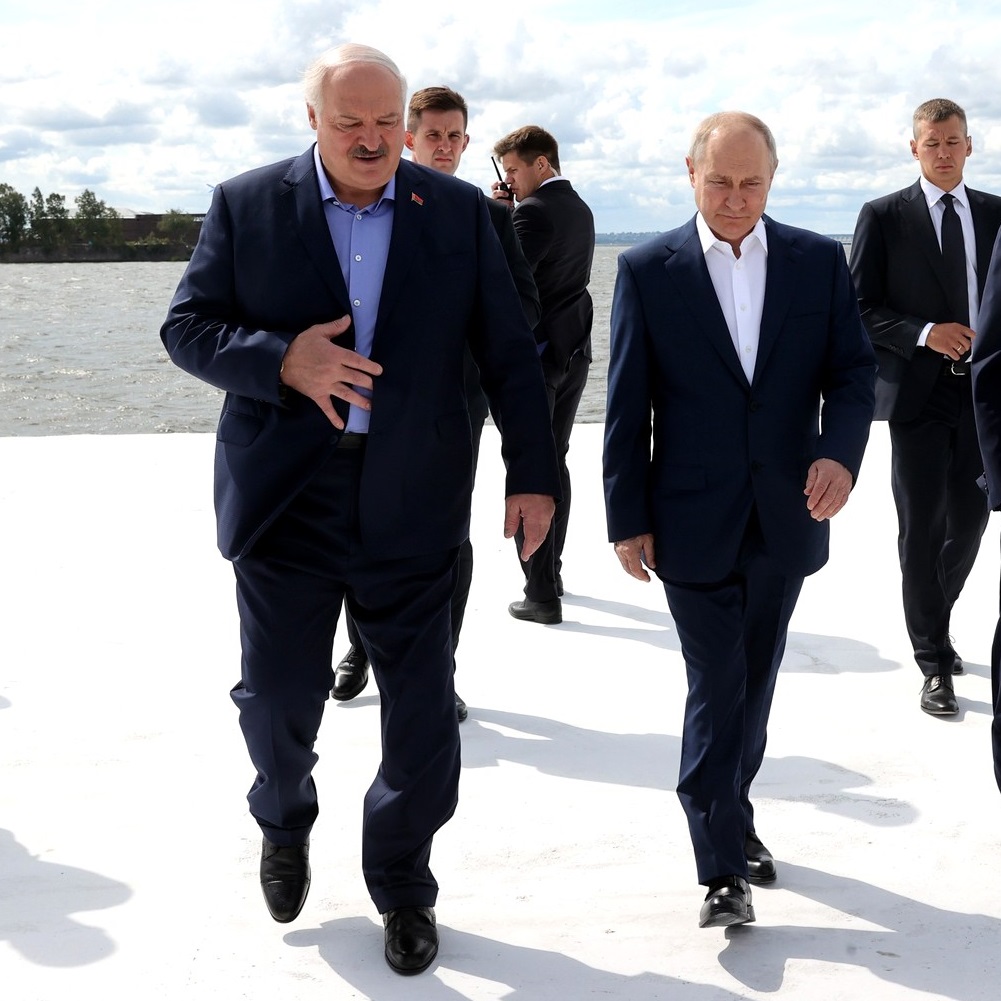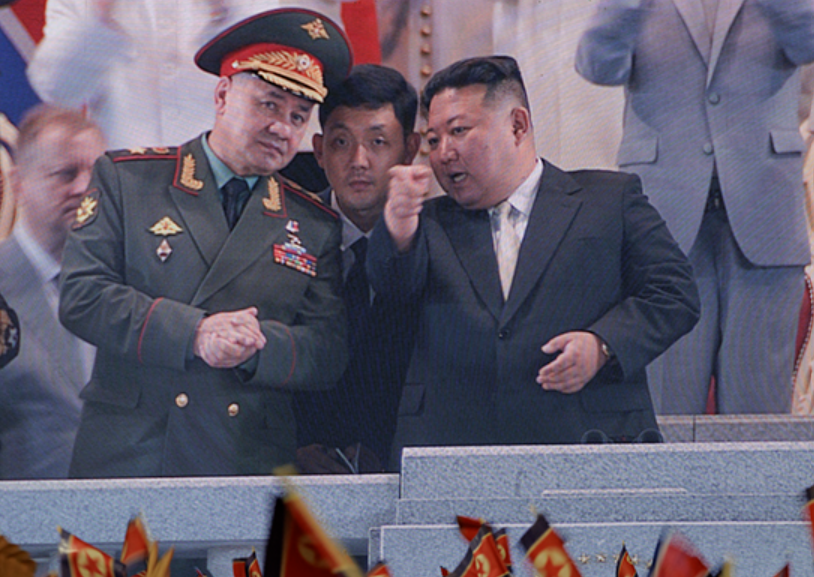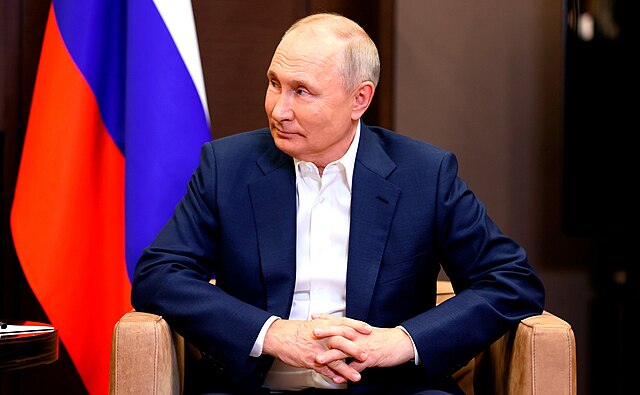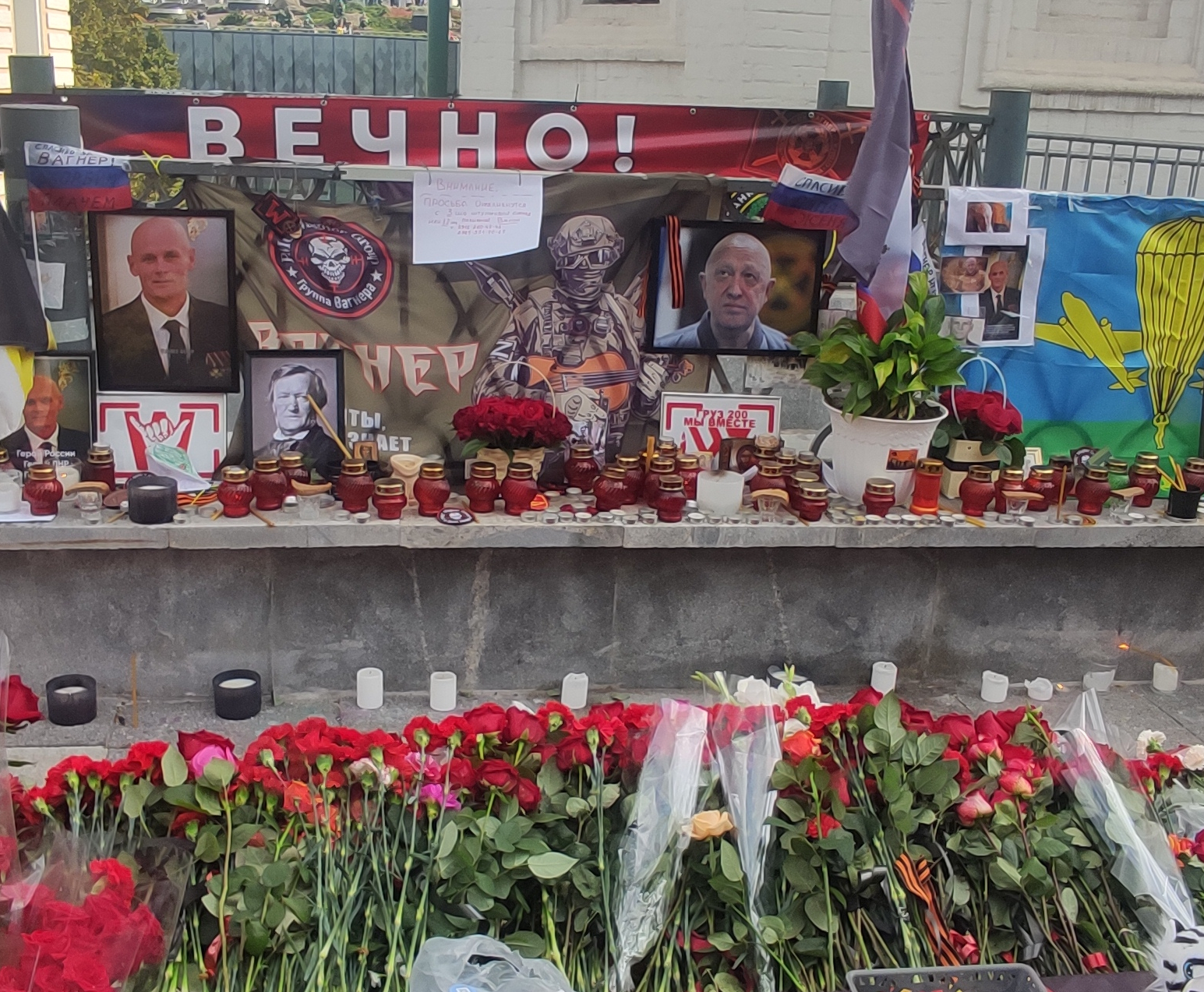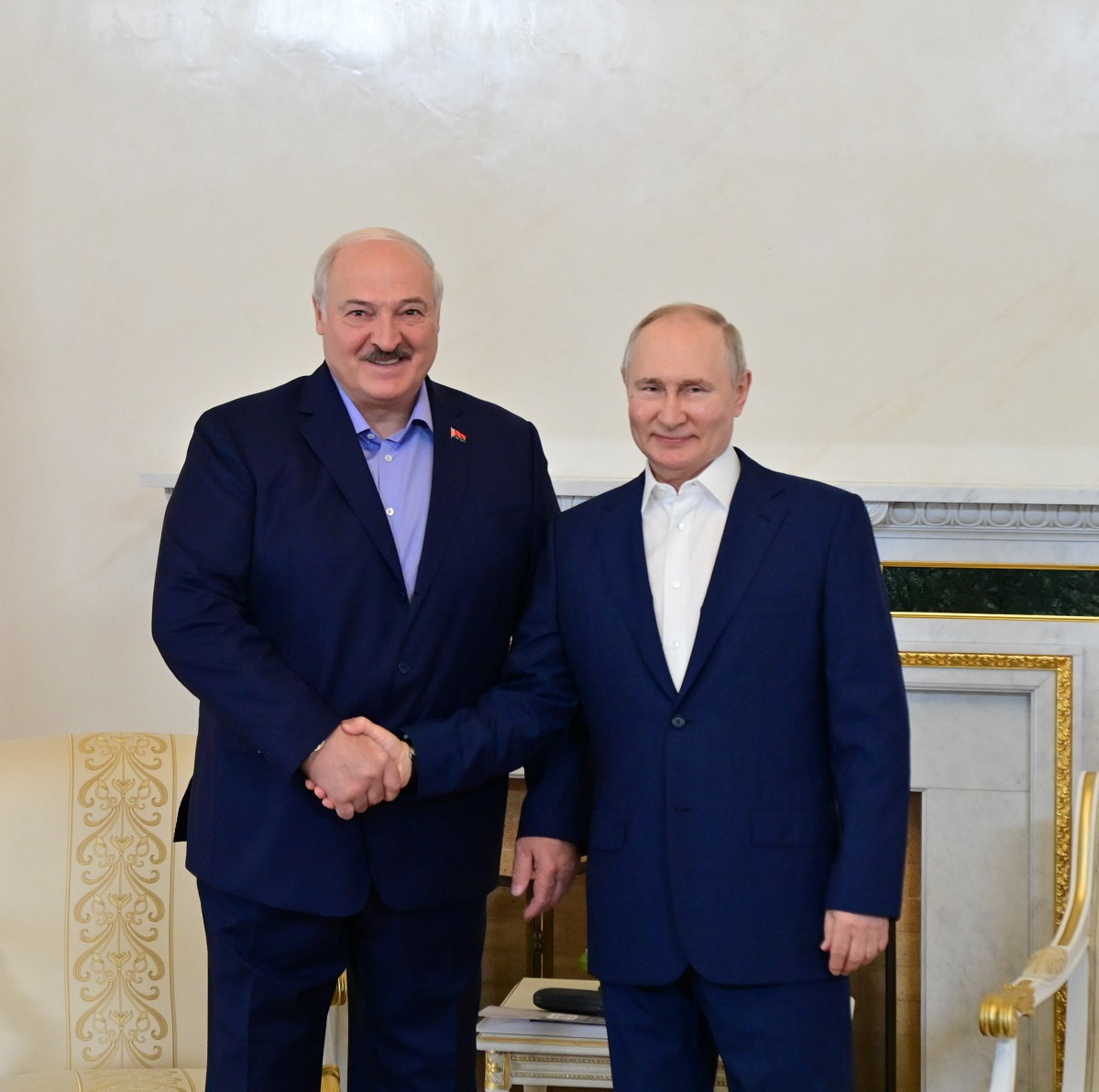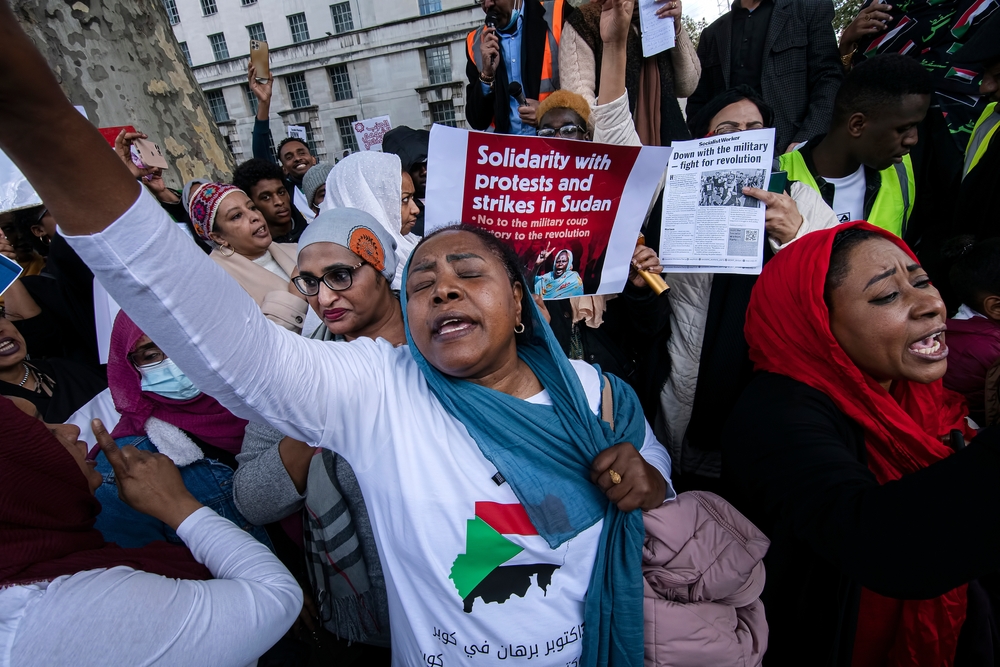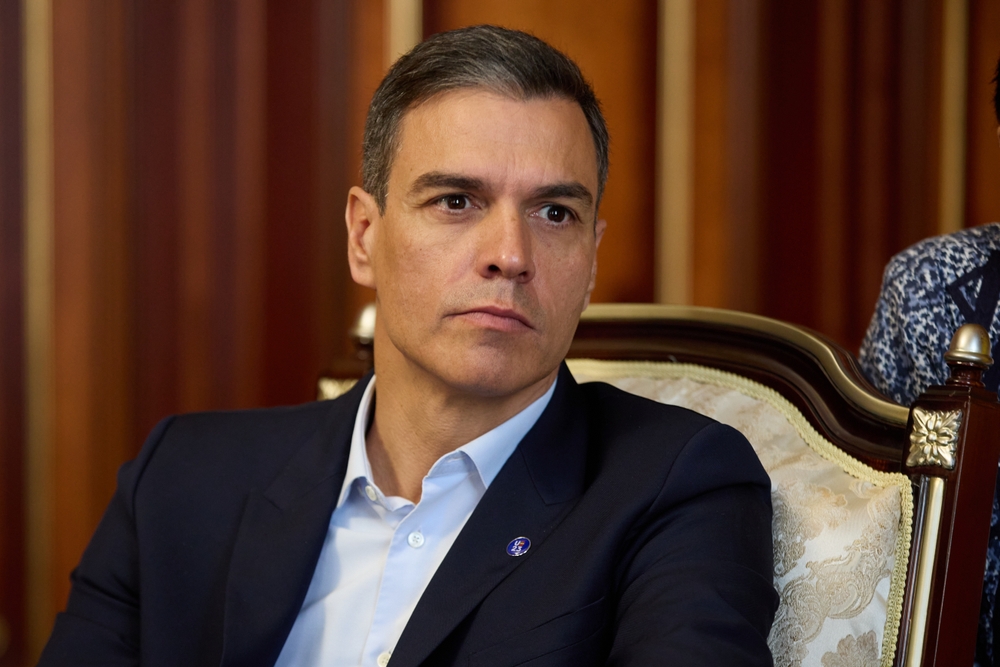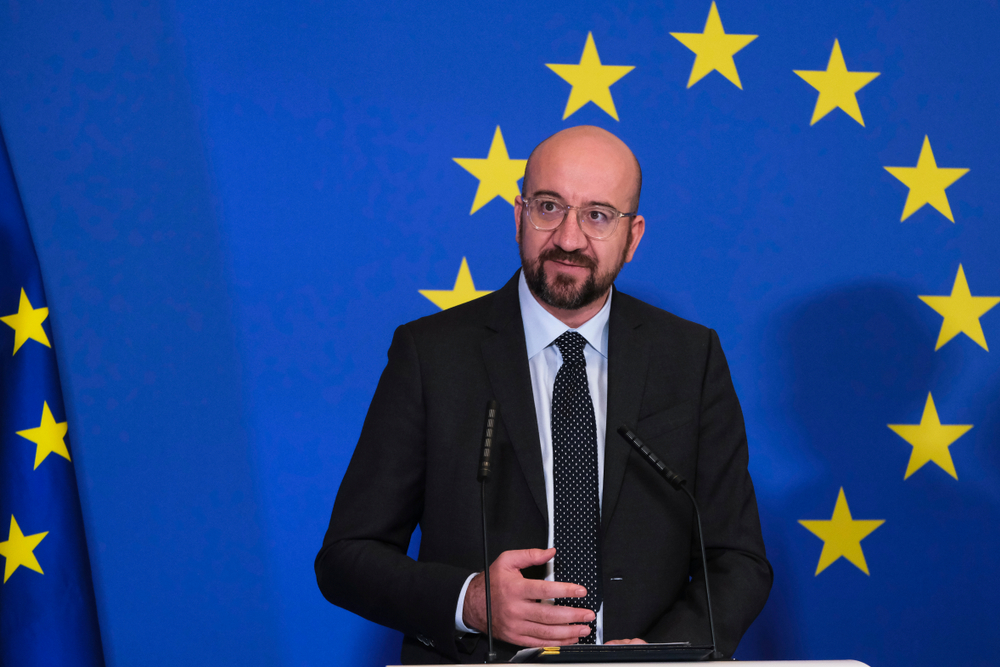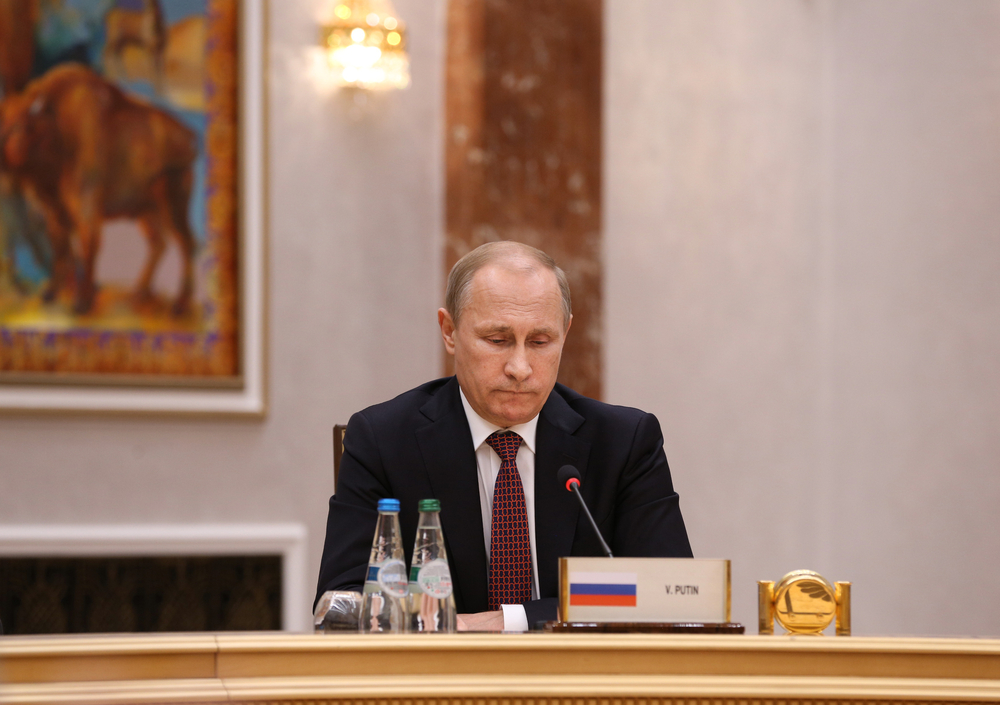
How North Korea Could Affect the War
by Can Kasapoğlu
As Kim Jong Un arrives in Russia for arms talks with Vladimir Putin, Hudson Institute Senior Fellow Can Kasapoglu offers a defense intelligence assessment of North Korea’s potential to affect Russia’s stumbling invasion campaign. Executive Summary Having failed to quickly conquer Ukraine, the Kremlin now pursues a war of attrition to wear down the will of Kyiv and NATO nations supporting the Ukrainian military. In this attritional fight, Russia enjoys a manpower advantage over Ukraine but faces setbacks in sustaining the necessary firepower. North Korea, which possesses an arsenal compatible with Soviet-Russian systems and the production capacity to augment it, could provide Moscow with the armaments it seeks. Pyongyang could also support Moscow in cyber warfare and training new recruits by dispatching its large special forces detachments. Russia and North Korea, along with Iran, represent an emerging axis that the West should take seriously as a global security threat. 1. North Korean Artillery Systems Could Replenish Moscow’s Stockpiles When it launched its invasion of Ukraine, Moscow anticipated a blitz intervention lasting a few weeks. Its military planners’ intelligence preparation of the battlefield (IPB) reflected this assessment. This is why Russian fighters were afforded generous provisions of artillery at the outset of the war. Available intelligence reports suggest that when the war began, each Russian battalion tactical group possessed up to two batteries of howitzers and a rocket battery. Subsequently, complete artillery brigades engaged Ukraine’s combat formations, unleashing overwhelming firepower at a high tempo to support the main axes of effort in a multifront war. At their heaviest, Russian artillery salvos regularly used 24,000 shells per day, and peaked on some days at 38,000 shells. As the campaign wore on and Russia’s initial intelligence estimates proved faulty, this rate dropped to 10,000 shells per day by the first quarter of 2023. At present, Russia’s artillery salvos utilize between 5,000 and 10,000 rounds daily. This change in fire patterns reflects Russia’s diminution of its own ammunition stockpiles. The Russian military used a total of 12 million artillery rounds in 2022. At its current rate of usage, it is on pace to use close to 7 million rounds in 2023. This means that the Russian military is using an average of 13,600 fewer shells per day this year than it used last year. This is troubling for Moscow since its defense industry can only produce 20,000 rounds per month of the Soviet-remnant 152mm-class weapons that dominate its artillery units. The overall artillery round production rate of the Russian industry falls somewhere between 2 million and 2.5 million shells per year. This is the void that Pyongyang could fill. Artillery and rockets are core assets of the Korean People’s Army (KPA). Open-source intelligence assessments estimate that the KPA operates some 14,000 to 20,000 artillery pieces of all kinds. At least 10,000 pieces of this stockpile are the 122mm-class rocket systems and 152mm-class artillery that are compatible with Russia’s heavily Soviet-era arsenal. Seventy percent of North Korea’s fire systems are forward deployed at high readiness, while some 4,000 are stored in underground networks. In any baseline wargaming scenario, KPA combat formations can volley up to 500,000 shells per hour at the outset of hostilities and sustain that operational tempo for several hours or opt for a prolonged conflict with a reduced artillery tempo of 10,000 shells per day. Worryingly, thirty percent of North Korea’s artillery and rocket deterrent is certified with chemical warfare agents, drawing upon up to 5,000 tons of Pyongyang’s stocks of chemical weapons. Initial assessments have suggested that the Kremlin is interested in North Korea’s 152mm-class artillery shells and its 122mm-class rockets, which the KPA uses as the mid-range artillery in the rear echelons of its combat formations. Pyongyang’s defense industries have been diligent in cloning artillery and rocket systems in these classes—with some added touches of their own. Their M-1974 Tokchon, for example, is simply the derivative of the Soviet 152mm-class D-20 howitzer and the ATS-59 tractor. The KPA operates thousands of 122mm-class MLRS and 152mm-class artillery, along with an enormous arsenal of ammunition certified for these weapons. Even more troublingly for Ukraine and its Western allies, North Korea could provide support to Russia that extends beyond 122mm- and 152mm-class solutions. The KPA’s longer-range fire-support systems—the 170mm Koksan self-propelled gun, with a range of some 60 kilometres, the M-1985/1991 truck-mounted 240mm-class rockets (which are highly mobile and destructive), and the 300mm-class heavy-rocket KN-09 (which has a range of 200 kilometres)—would be incredibly dangerous in Russian arsenals, especially when used in urban and semi-urban settings. Russia could seek to acquire these weapons systems. Should Kim Jong Un sign off on transferring some of these armaments to Moscow, it would not be his first rodeo. In December 2022, the White House revealed intelligence showing that Russia’s infamous Wagner network had received rockets from Pyongyang. 2. North Korean Tactical Ballistic Missiles Could Alter Battlefield Dynamics In a prolonged high-tempo conflict, Russia is running out of advanced tactical ballistic missiles. Its expenditure rate has long surpassed its production capacity of these key armaments. Here, too, North Korea could offer help to Moscow. Although it possesses fewer tactical ballistic missiles than artillery and rocket systems, the missiles it does possess could rain terror onto Ukraine’s population centers, even in small numbers. To grasp this issue, one needs to understand Russia’s missile warfare efforts in Ukraine. In January 2023, the Ukrainian Defense Ministry’s official tracking efforts determined that Russia had unleashed 750 SS-26 Iskander tactical ballistic missile salvos up to that point in the invasion. At that time, Ukrainian sources estimated that Russia had less than 120 Iskanders remaining in its stockpiles. Whether that figure was precise or exaggerated, Moscow, with a flagging production rate of only five Iskander tactical ballistic missiles per month, was quickly depleting its stocks of this vital weapon. Pyongyang could not supply the Russian military with thousands of ballistic missiles, as it could do with its stores of Soviet-compatible artillery and rockets. Nevertheless, transfers of a few hundred ballistic missiles remain within the realm of possibility. Short-range ballistic missiles (SRBMs) are the foundations of North Korea’s missile proliferation efforts. While Pyongyang has a large arsenal of liquid-propellant missiles possessing a Scud baseline, the Armed Forces of the Russian Federation prefer newer, solid-propellant missiles with better accuracy and shortened launch cycles, as these weapons stand a better chance against being hunted down by the Ukrainian military while causing more reliable damage. Unfortunately, Pyongyang also possesses stocks of these solid-fuelled, road-mobile tactical ballistic missiles. According to the US Defense Intelligence Agency, in one single military parade in October 2020, North Korea showcased 52 solid-propellant SRBMs on 6 different wheeled and tracked transporter erector launchers (TELs). In 2021, it was estimated that North Korea possesses some 600 solid-fuelled SRBM variants. Pyongyang’s next-generation tactical ballistic missile systems are menacing weapons. These assets feature a quasi-ballistic trajectory, improved accuracy (especially compared to other North Korean systems in the same range), and broad warhead configurations. All these features would support Russia’s missile warfare campaign. One of Pyongyang’s tactical ballistic missiles is the KN-23. The KN-23 is often portrayed as the North Korean version of the Russian SS-26 Iskander-M, as both projectiles follow a quasi-ballistic, depressed trajectory. The KN-23 is also capable of executing pull-up manoeuvres when homing in on a target. These features put extra stress on missile defense and make the KN-23 a hard-to-intercept threat. Moreover, in missile tests the KN-23 has demonstrated a range of 690 kilometres, with a flight apogee—the highest point in a rocket’s flight path—of 50 kilometres when carrying a lighter payload. It can also deliver a combat payload of one-half ton within a range of 450 kilometres. Should Russia acquire this weapon, it would bode ill for Ukraine’s air defense. Interestingly enough, the KN-23 was on display when Russia’s Minister of Defense Sergei Shoigu paid a recent visit to North Korea. The Russians may also show interest in the KN-24, another quasi-ballistic missile endowed with a powerful warhead. Some writings suggest that the KN-24 is modelled after the American ATACMS. North Korea test-launched the missile in 2019 with a depressed trajectory, showcasing a range of 400 kilometres and an apogee of 48 kilometres, and, in another test, a range of 230 kilometres with an apogee of 30 kilometres. In March 2020, Pyongyang conducted another launch, unleashing two KN-24 missiles that registered a maximum range of 410 kilometres and an apogee of 50 kilometres. The 2020 test reportedly featured missiles that could perform pull-up manoeuvres. Available evidence shows that both the KN-23 and the KN-24 likely deliver two main combat payload configurations—either a unitary warhead with one half ton of high explosives, or a submunition option packed with hundreds of charges. These warheads have a lethality radius of between 50 and 100 meters that expands against soft targets hit by submunition variants. In comparison with North Korea’s legacy, Scud-derivative tactical ballistic missiles, the KN-23 and KN-24 enjoy favourable circular error probable (CEP) rates, indicating that the newer missiles are more accurate weapons than their aged forebears. 3. North Korea Could Assist Russia in More Unconventional Ways While artillery and rockets seem the likely focus of any assistance Pyongyang could provide to Russia, North Korea could also affect the conflict in more unconventional ways. The first of these is cyber warfare. Pyongyang has gradually built a notorious cyber warfare deterrent. In 2016, North Korean agents hacked South Korean Cyber Command, contaminating its intranet with malware, and stealing confidential data. North Korea’s hackers also hacked the Bangladesh Central Bank in 2016, pulling off a notable heist. Alarmingly, the hackers even used the Society for Worldwide Interbank Financial Telecommunications (SWIFT) banking networks to do so. Pyongyang and Moscow had already established collaborative ties in cyberspace well before the invasion of Ukraine. The burgeoning security relationship between North Korea and Russia could push them to target the West in retaliation against sanctions. The second opportunity for unconventional cooperation between the two nations is in special forces and combat training. According to British Defense Intelligence, the Russian military is preparing to recruit 420,000 contract troops by the end of 2023. Understaffed and penurious non-commissioned officers’ corps with inadequate combat training have plagued the Russian military for decades. North Korea employs the largest special forces branch in the world, with some 200,000 servicemen. Thus, one cannot rule out the North Korean military dispatching training missions to help with Russia’s incoming waves of draftees. Plagued by skyrocketing armour losses in Ukraine, the Russian military has begun to put decades-old T-62 tanks onto the battlefield. To do so, Russia has pulled some 800 T-62s from Cold War–era storage and modernized them with 1PN96MT-02 thermal sights and reactive armour. While this upgrade package is less than glamorous, it is the only way to keep a museum piece in the fight. Herein lies another potential area for unconventional cooperation between Moscow and Pyongyang. North Korea has an arsenal of armour some 3,500 units strong, with large numbers of the T-62. Russia could seek to modernize North Korea’s T-62s to acceptable standards in an effort to buttress its own decrepit arsenal. 4. Battlefield Update Following the usual pattern of the conflict, the war zone has seen high-tempo clashes paradoxically married to a static battlefield geometry. There have been no major territorial changes over recent weeks. Marking a tactically important achievement, however, Ukraine’s counteroffensive has managed to incrementally widen and deepen the Robotyne bulge across Novopokrovka in the southwest and Verbove in the southeast. The Russian first lines of defense are stable and have continued to hold the line, stymieing Ukraine’s efforts to attain a breakthrough. Weapons systems assessments on several fronts in the south and northeast indicate that Ukraine is continuing to conduct first-person-view kamikaze drone strikes. Open-source defense intelligence suggests that the Ukrainian Armed Forces are cherry-picking advanced Russian assets, such as T-80BV main battle tanks and 240mm-class Tyulpan heavy mortars, to inflict maximum asymmetric destruction. Ukrainian special forces also conducted a raid in the Black Sea, recapturing the Boika Towers oil and gas drilling platforms situated between Snake Island and occupied Crimea. Regardless of whether the Ukrainian military can hold these facilities, its success in capturing them revealed major gaps in Russia’s real-time intelligence capabilities. Western military assistance programs for Ukraine have also begun to show some progress. The American military reportedly even asked for extra training sessions for the Ukrainian armour crews before combat deploying US-provided Abrams tanks, which Ukraine’s mechanized formations will probably start operating in a matter of weeks. It remains to be seen if they will be immediately sent to the front lines. Ukrainian combat pilots are also set to start their training on the F-16 aircraft, with optimistic and more conservative estimates of the training timeline for basic operational efficiency coming in at 3 months and 9 months. Notably, news stories now report the improving chances of ATACMS tactical ballistic missile transfers to Ukraine. Our previous writings have assessed how important it is for Ukraine to strike the Russian rear. The ATACMS could play a critical role in furthering this objective. In the northeast, the Russian military is conducting frontal assaults with no major progress in the direction of Kupiansk. US-transferred cluster munitions artillery shells reportedly made a difference in preventing Russian advances in this sector. On September 9 and 10, the Russian military unleashed a barrage of Iran-manufactured Shahed-131 and Shahed-136 loitering munitions to pound Kyiv. While Ukrainian air defense intercepted the bulk of these munitions, the volley marks the ability of the Russia-Iran axis to sustain large-scale drone salvos for over a year. Russia’s defense industries have made considerable progress in co-producing the Iranian Shahed-131 and Shahed-136 loitering munitions baselines at home, further enabling Moscow’s high-tempo drone warfare efforts.









